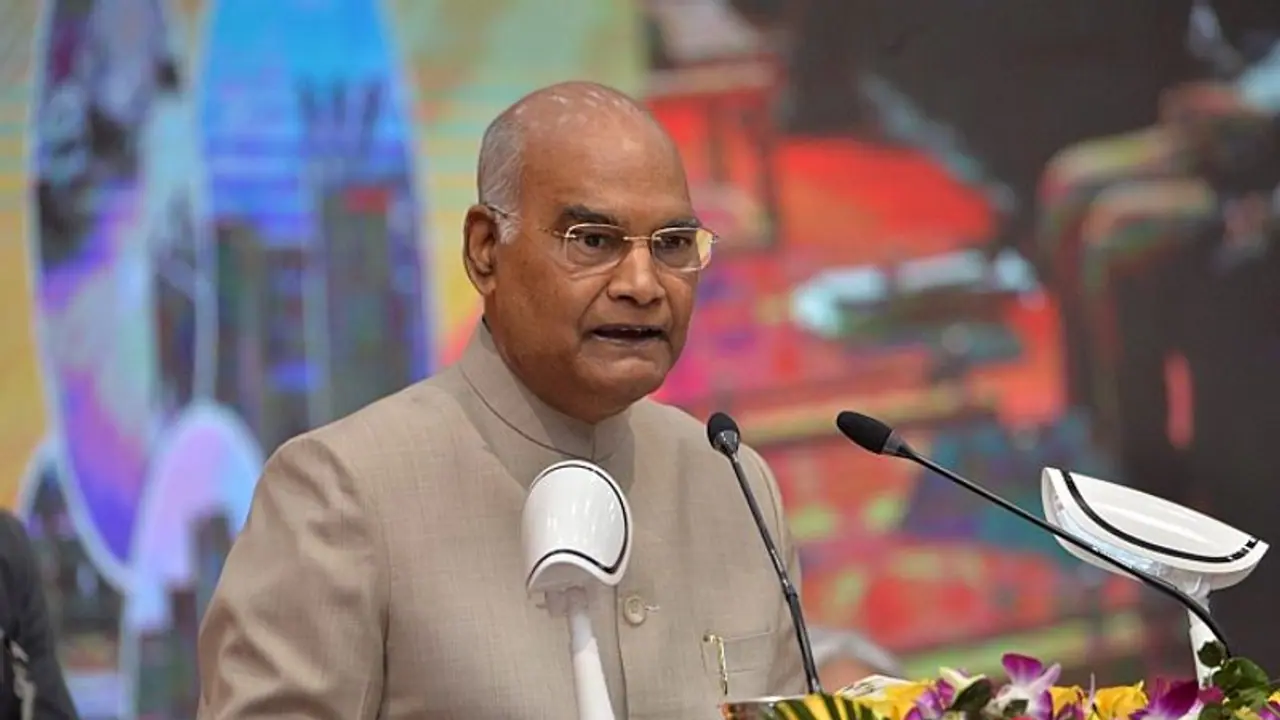This year also celebrates the 50th anniversary of the Missile Vessel Squadron, commonly known as the 'Killers,' which has retained the capacity of delivering a credible offensive punch from the sea for the past five decades, according to a Navy official on Sunday.
The Indian Navy's 22nd Missile Vessel Squadron, which assaulted Karachi Port and sank Pakistan Navy ships during the 1971 war, will receive the President's Standard on Wednesday. It is a rare honour for exceptional service from the President. This year also celebrates the 50th anniversary of the Missile Vessel Squadron, commonly known as the 'Killers,' which has retained the capacity of delivering a credible offensive punch from the sea for the past five decades, according to a Navy official on Sunday. The Missile Vessel Squadron, based in Mumbai, has engaged in Operation Vijay, Operation Parakram. It was recently positioned within striking distance off the coast of Pakistan under the heightened security posture following the Pulwama attack.

According to an officer posted in the squadron, their deployment also serves as a deterrence. Dr Rajendra Prasad, India's then-President, bestowed the President's Colours on the Indian Navy on May 27, 1951. According to a Navy statement, the President's Standard is the same honour as the President's Colours, but it is given to a smaller military organisation or unit.
In October 1991, the 22nd Missile Vessel Squadron was formally created in Mumbai with ten Veer Class and three Prabal Class missile boats.
However, the 'Killers' origins can be traced back to 1969, with the entry of OSA I Class missile boats from the former Soviet Union to enhance the Indian Navy's firepower, according to the official. These missile boats were delivered to India aboard large lift merchant ships and commissioned in Kolkata in early 1971. He added that they were dispatched on a critical assignment in the first year of the Indo-Pak conflict in 1971, and they played a critical role in its conclusion.
Also Read | Indian Army contingent leaves for Maldives for joint military exercise Ekuverin
The youngest fighters of a fledgling Indian Navy drew first blood during the intervening night of December 4-5, 1971, when they launched a crushing onslaught against the Pakistan Navy. Styx missiles were launched by the Indian Navy cruisers Nirghat, Nipat, and Veer, sinking the Pakistan Navy ships Khyber and Muhafiz.
This operation, codenamed Op Trident, is regarded as one of the most successful in contemporary naval history, with no casualties inflicted by Indian forces. On December 8-9, INS Vinash and two frigates unleashed four Styx missiles, destroying the Pakistan naval fleet tanker Dacca and causing significant damage to the Keamari oil storage facility in Karachi. There were no recorded damages to the Indian soldiers.
According to an official, because of the gallant actions of the squadron's ships and soldiers, they acquired the moniker "Killers," and the Indian Navy commemorates December 4 as Navy Day. According to the Navy, the squadron soldiers have been given battle honours, including one Maha Vir Chakra, seven Vir Chakras, and eight Nausena Medals (Gallantry), which attest to the 'Killers' courageous spirit. The year 2021 commemorates the 50th anniversary of India's triumph in the 1971 war, which is being marked as 'Swarnim Vijay Varsh' across the country.
